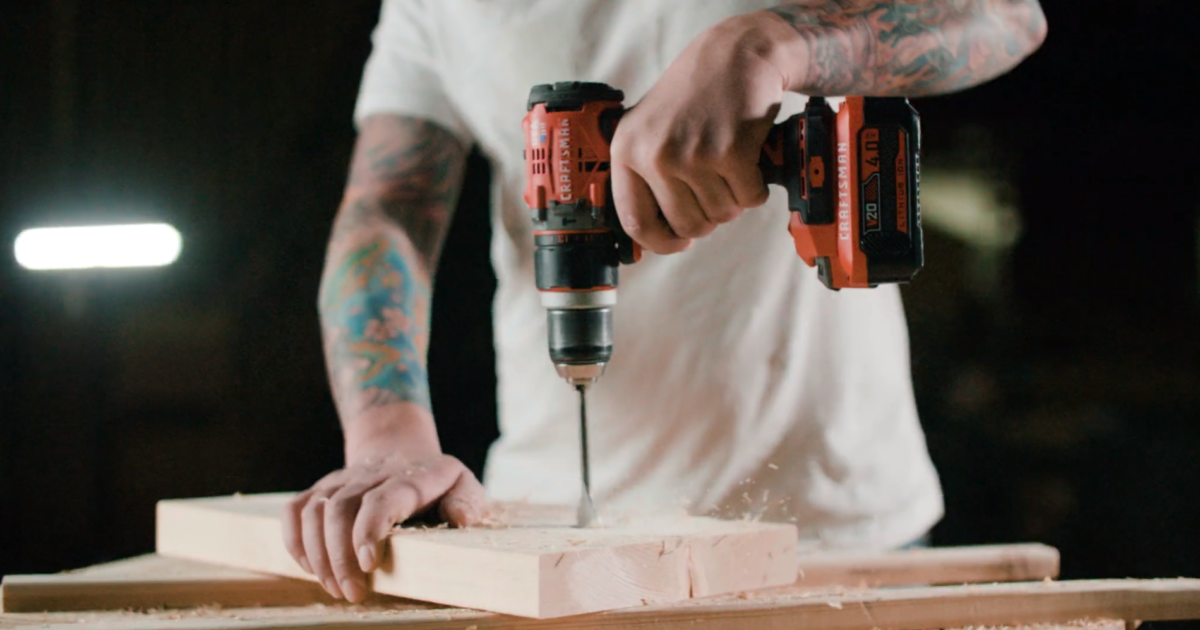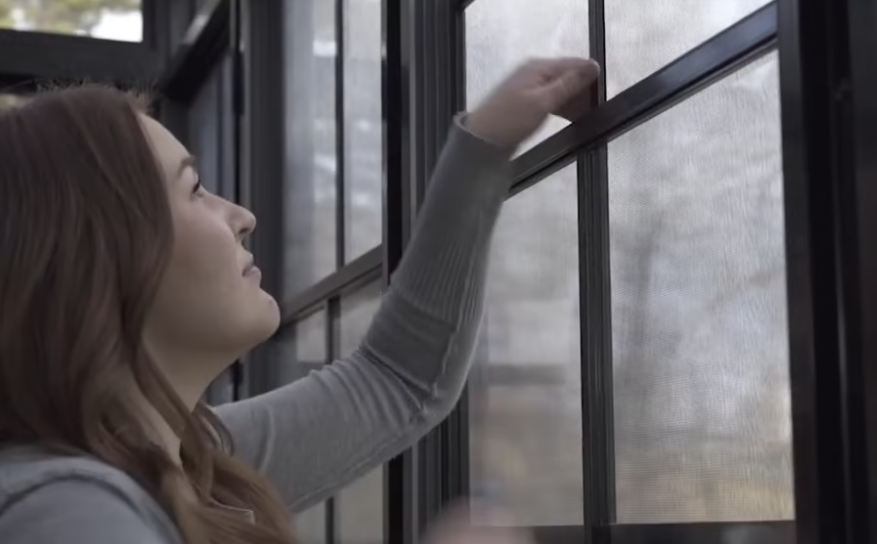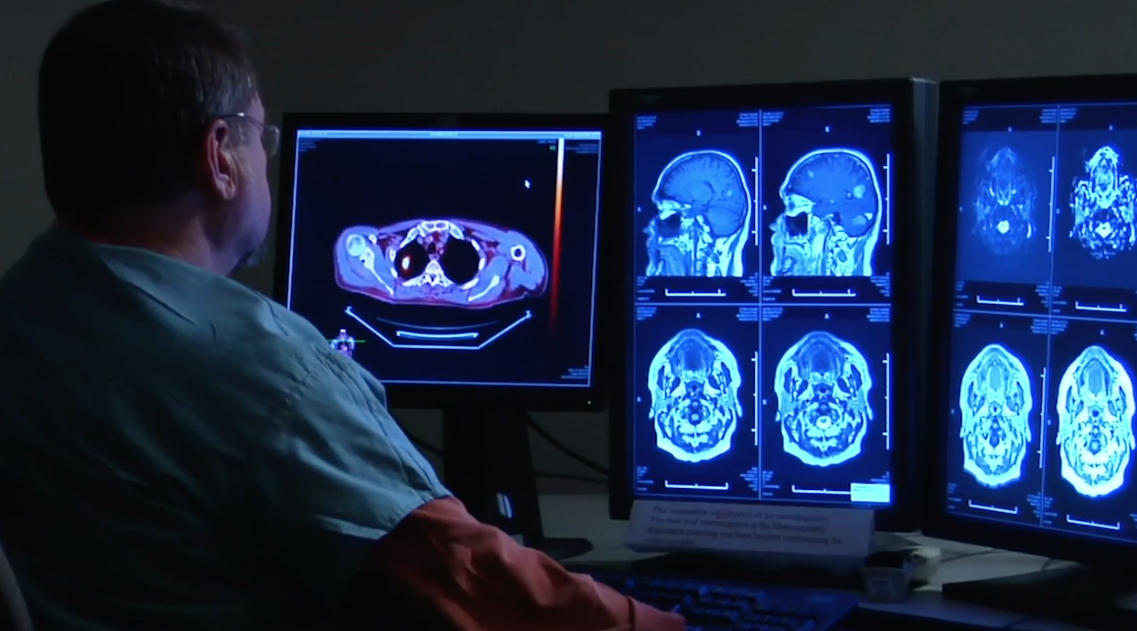
The Steadicam is an incredible invention that revolutionized the way movies are filmed. It has been used in dozens of major motion pictures and won Academy Awards for Best Cinematography three years running! What’s so great about it? Let me ask you a question: would you rather have shaky footage or perfectly steady shots with superior composition, balance, framing and depth-of-field control? This device can be maneuvered to achieve perfect steadiness even on slopes or stairs as well as moving vehicles. The one downside is that they’re quite heavy which makes them difficult to transport from location to location but I’m sure there must be some sort of workable solution out there if actors don’t want their arms getting sore all day long.
A Steadicam is a camera rig that’s uniquely designed to stabilize camera shake. It mechanically isolates the camera from the operator’s movement, allowing for a smooth shot, even when moving over an asymmetrical surface. First created in the 1970s, the Steadicam quickly took Hollywood by storm as a better option for shooting smooth tracking shots.
One thing to note about the use of a Steadicam is that it omits the need for camera setups and editing.
A Steadicam, unlike a gimbal, primarily achieves smooth footage from a series of counterbalance weights and operator skill. Unlike a gimbal, which uses a motor to help achieve stable footage, the Steadicam’s primary tool is gravity. As such, the use of a Steadicam comes with a steep learning curve, and it’s also why a Steadicam operator is a designated position on a production. It requires skill and expertise to master.
If you’ve ever tried to keep an unstabilized camera steady, you know that no matter how steady you might feel, the footage is still going to end up a bit shaky. In fact, shaky footage might be one of the biggest contributors to giving video content an amateurish feel. Perhaps more so than the image quality itself. Using weight to counterbalance the camera, a Steadicam can eliminate unnecessary shake and obtain smoother footage.
A gimbal has 3-axes of stabilization—the roll, tilt, and pan—to help correct rotational movement. However, if you’ve ever used a gimbal, you’ll know that you need to perform a ninja-esque walk to keep the bob and sway at a minimum, as your arms are responsible for the movement of the camera from left to right, forward and backward.
A Steadicam attached to a vest-based support unit allows for a full five degrees of stabilization in both the lateral and rotational axis. You may see some pictures of Steadicam operators with what looks like a Doctor Octopus-inspired arm reaching out from their body. This spring-loaded arm isolates the body moves away from the camera.
Source: https://www.premiumbeat.com/blog/a-quick-guide-to-steadicams/





















